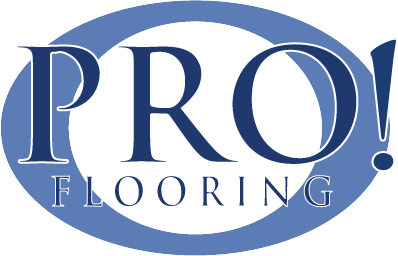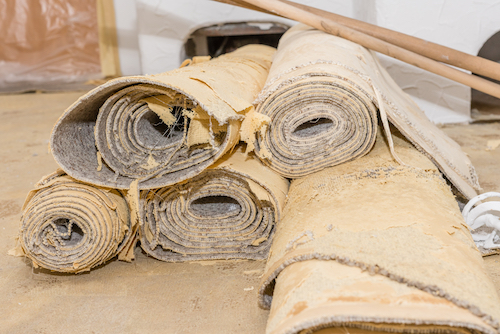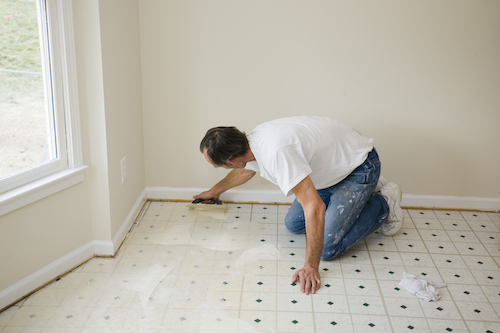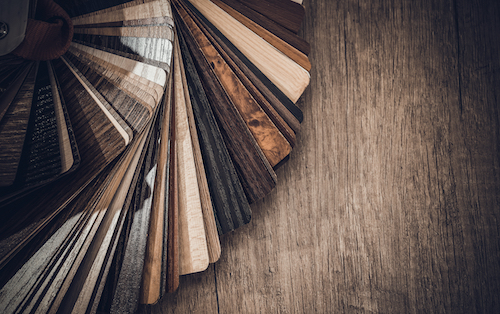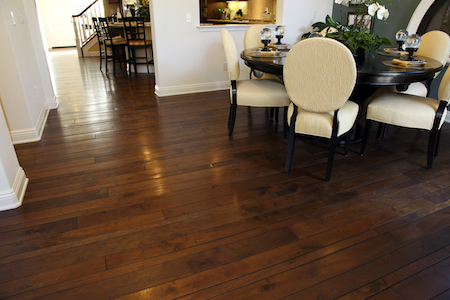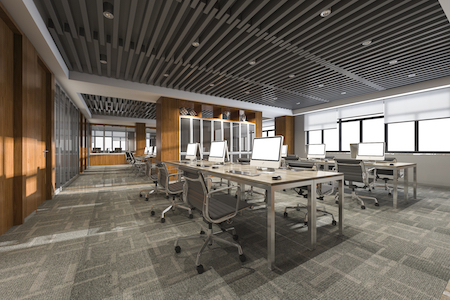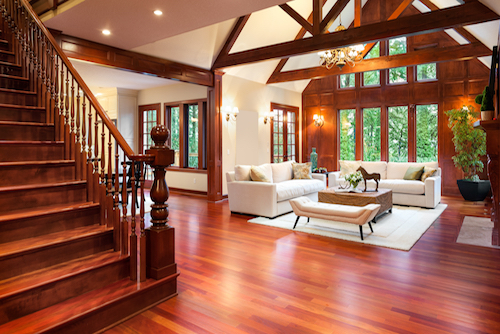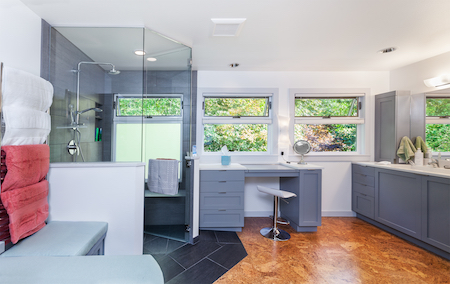How To Keep Your Commercial Flooring Projects On Time and On Budget
The larger the project, the more thought has to go into the entire process. A project that takes a couple of hours can be done on weekends or offtime, when tenants or employees are out of the office.
But when a job is bigger, when it involves days of labor, and will bring disruption to the people that use your commercial property, there’s a lot more to take into consideration.
On the surface, flooring projects don’t seem like a large project. You’re just replacing your current floor with a new one; what could go wrong? That’s where a lot of project managers start to have problems.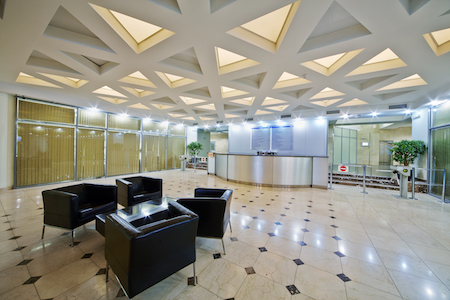
Flooring is a big project. There are many facets to the project, a few many people leave out. If you have a flooring project on your books for this year, where do you begin?
What flooring product is best?
Flooring seems like a simple project. You operate a commercial property. There are only so many flooring choices in the world, and only a few make sense in your situation. You wouldn’t put carpet in hospital rooms, any more than you would put cement floors in an elegant office.
https://pro-flooring.com/choosing-the-right-commercial-tile-for-your-location/
Chances are, you’re walking into planning phase with a few ideas in mind. But when was the last time you had flooring installed? Do you know what technology is available, and how it’s changed the current offerings in the flooring marketplace?
Like every industry, flooring of today is different from even a few short years ago. Maybe linoleum is your best choice. Or luxury vinyl. Or carpet squares. Or bamboo flooring.
A little education can go a long way.
As you are considering your options, don’t settle based on what you think is your best solution. Stop by our retail location instead and learn about many of the different options available, perfect for today’s commercial applications. You may be surprised at what your best choice really is.
Understand everything about the flooring you’re about to install
Most people focus on the new flooring going in, without taking into consideration the process and what it takes to get there.
Unless you’re starting from scratch with new construction, half of your flooring project process will be the removal of the old flooring and getting it ready for your new flooring choice. If you’re replacing old flooring, there may be concerns that didn’t exist at the time of original installation. For example, if you laid vinyl or commercial tiles years ago and it has now served its useful life, you might pull it up to discover residual adhesives are a problem on removal. Or asbestos was used in the production of the tile.
Did you include abatement costs to fully refurbish the area before you install new flooring? Certain solvents and abatement processes can leave their own residue, or cause problems with the subfloor and require additional work before installing your new flooring choice.
Did you allow enough time for the entire process? Have you factored in cost for the entire project?
Only when you have a great base to start with can you install your new flooring, and ensure it will be the best choice for your situation.
Estimating and budgeting – don’t skip out
One of the toughest parts of a new flooring project is often the budgeting process. You’ve set aside funding for flooring replacement, but have you thought about it from every angle? Have you considered old flooring removal and disposal, as well as allowing extra for the “problems” that arise throughout the process?
We find that many project managers under-estimate because they simply don’t understand the right questions to ask. If you haven’t replaced your flooring in years, you don’t understand the entire process from beginning to end. And without that knowledge, your estimates can be a long way from reality.
To keep your flooring project on budget, an important step is a thorough evaluation of the specifics of the job. That includes measuring the commercial space, seeing the nuances that can make it challenging, and determining what special requirements may exist that you simply aren’t aware of. Only a professional installer knows what to look for; that’s why it’s imperative you include this step before you make your final decisions.
Phasing plan and getting the job done
In many cases, you won’t be able to complete the project in one day. It takes time to remove the old flooring, to abate the area if necessary, to ready the subfloor, and finally, install the new one. The larger your commercial property, the longer this process will take.
And that can bring a lot of hardship to the residents, tenants, or employees who are currently using the property.
First and foremost, you have to start a project of this size by working with the people onsite. Are there big projects coming up where this type of disruption would impede work? Are there points in time that would be better for a project of this size than others?
Start with a conversation with everyone involved. Ensure you know work schedules, timing structures, and approximations of how long the project will take. Be sure to add in extra time for problems and mistakes that creep in during the process.
How to live with your final project
Think your commercial flooring project ends once the flooring has been installed? Think again.
Different flooring choices have different management requirements.
Different manufacturers have different specifications in order to keep their products looking their best.
Do you know how to “live” with your new flooring in the coming years? If not, it can impact the looks, the lifespan of the flooring, and even null and void the warranty.
While you might not think about the tiny details of caring for a flooring before it’s installed, it can quickly come to light after the project is completed. When someone moves a heavy object across the floor and mars the flooring, you’ll have questions. When the first stain appears on the floor, you’ll need answers.
We know the most important questions you’ll never ask when you first come in. That’s why it’s great to have a flooring expert on your side. We think of the important questions to ask, so you don’t have to. We make suggestions based on your circumstances to ensure you’re happy with the final product weeks, months, years after we drive away.
And isn’t that really what you want? Someone who can make your flooring project run smoothly from beginning to end, giving you the biggest bang for your buck? Helping you achieve your goals in the best way possible?
If you have a flooring project on the books for this year, start the process by coming into our retail location today. We can help you understand what you don’t know; answer questions you didn’t remember to ask.
And get you one step closer to installing the perfect floors for your commercial property.
